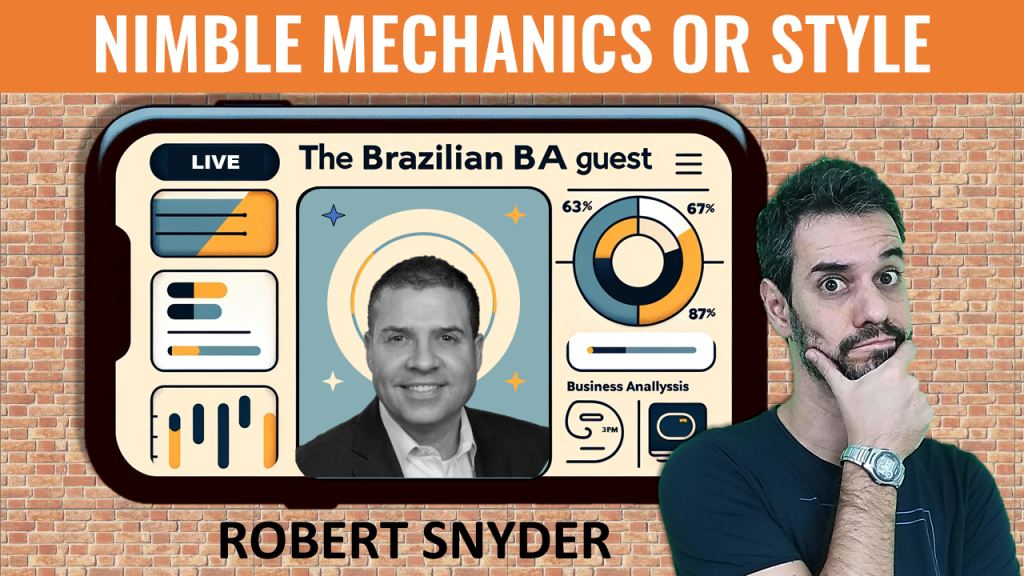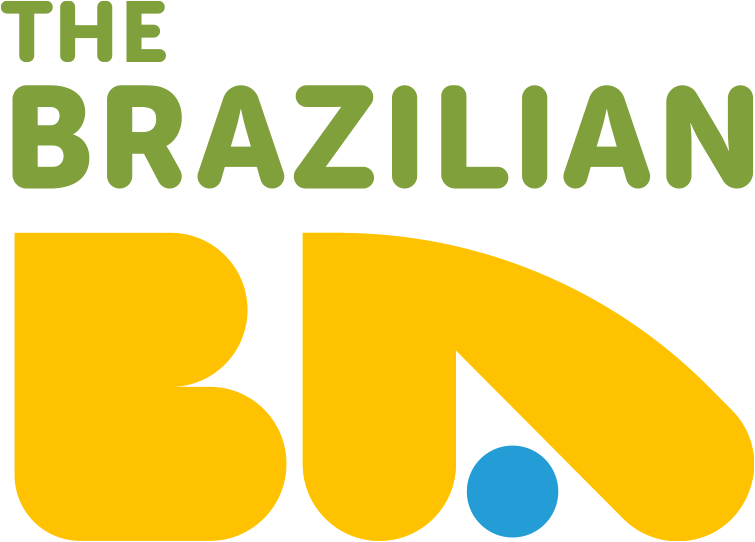Robert Snyder, the author of “Innovation Elegance: Transcending Agile With Ruthlessness and Grace”, shared profound insights into the essence of being nimble within organizations. Nimbleness, as discussed, is not merely about speed or agility but a strategic capability to sense, respond, and adapt to change effectively and efficiently. The conversation, guided by the host Fabrício Laguna, delved into the nuanced distinction between mechanics and style in achieving organizational nimbleness.
Mechanics vs. Style: The Foundation of Nimbleness
Mechanics, as Robert illustrated, refers to the foundational skills, routines, and habits essential for any team or individual to perform their tasks proficiently. It’s about being “brilliant at the basics,” a necessary precursor to elevating one’s approach towards innovation and strategic thinking. On the other hand, style embodies the creative, entrepreneurial, and strategic flair that enables individuals and organizations to innovate and create value beyond the basics.
Robert cleverly used dance as a metaphor to describe the relationship between mechanics and style. A dancer must master the basic steps (mechanics) before they can improvise or create (style). This analogy extends to organizations where a solid grasp of fundamental skills and processes enables more strategic and creative endeavors.
Institutionalizing Nimbleness
The discussion highlighted the importance of institutionalizing techniques and skills to execute at scale, ensuring teams’ efficiency and predictability. Robert emphasized the role of “muscle memory” and being “in the zone” as indicators of a team’s seamless operation, where mechanics are so well ingrained that style can emerge naturally.
Moreover, the concept of nimbleness was tied closely to the ability to handle surprises with minimal cost, drawing parallels to the economic benefits of being prepared for unforeseen challenges. The conversation underscored the significance of anticipation and preparation in maintaining nimbleness, with Robert Snyder suggesting that surprises, while inevitable, should not derail an organization’s progress if adequately prepared.
Documentation and Transparency: The Unpopular Heroes
An interesting point of discussion was the role of documentation and transparency in maintaining nimbleness. Despite their unpopularity, Robert argued for the value of well-documented processes and clear visibility into projects and workloads. This, he posited, is crucial for rapid adaptation and decision-making in the face of change.
The Future of Nimbleness
As the conversation concluded, Robert and Fabrício explored the future of nimbleness, touching upon the evolving landscape of agile methodologies and the integration of various roles within organizations. They discussed the importance of empathy, structured documentation, and the strategic allocation of resources in fostering an environment conducive to nimbleness.
Conclusion
Robert Snyder’s insights into the mechanics and style of being nimble offer a compelling framework for organizations aiming to thrive in an ever-changing landscape. By mastering the basics, fostering a culture of creativity, and ensuring transparency and preparation, companies can navigate surprises with grace and minimal cost. As the world continues to evolve at an unprecedented pace, the principles of nimbleness remain more relevant than ever.

References
- Robert Snyder on LinkedIn
- Book at Amazon: Innovation Elegance: Transcending Agile with Ruthlessness and Grace
- Being nimble – The Scalable Capability for Organizations to Sense and Respond to change; IIBA, 2022
- Other articles and videos about Nimble

